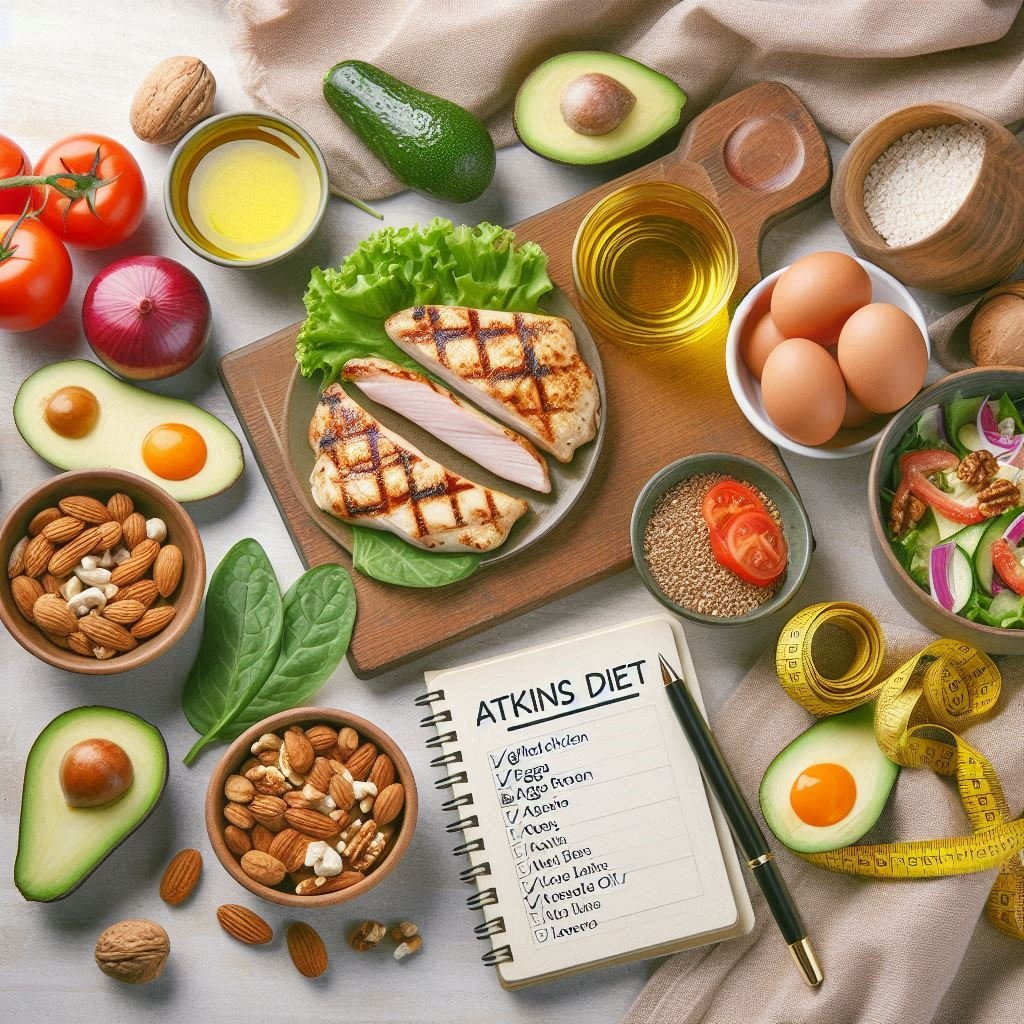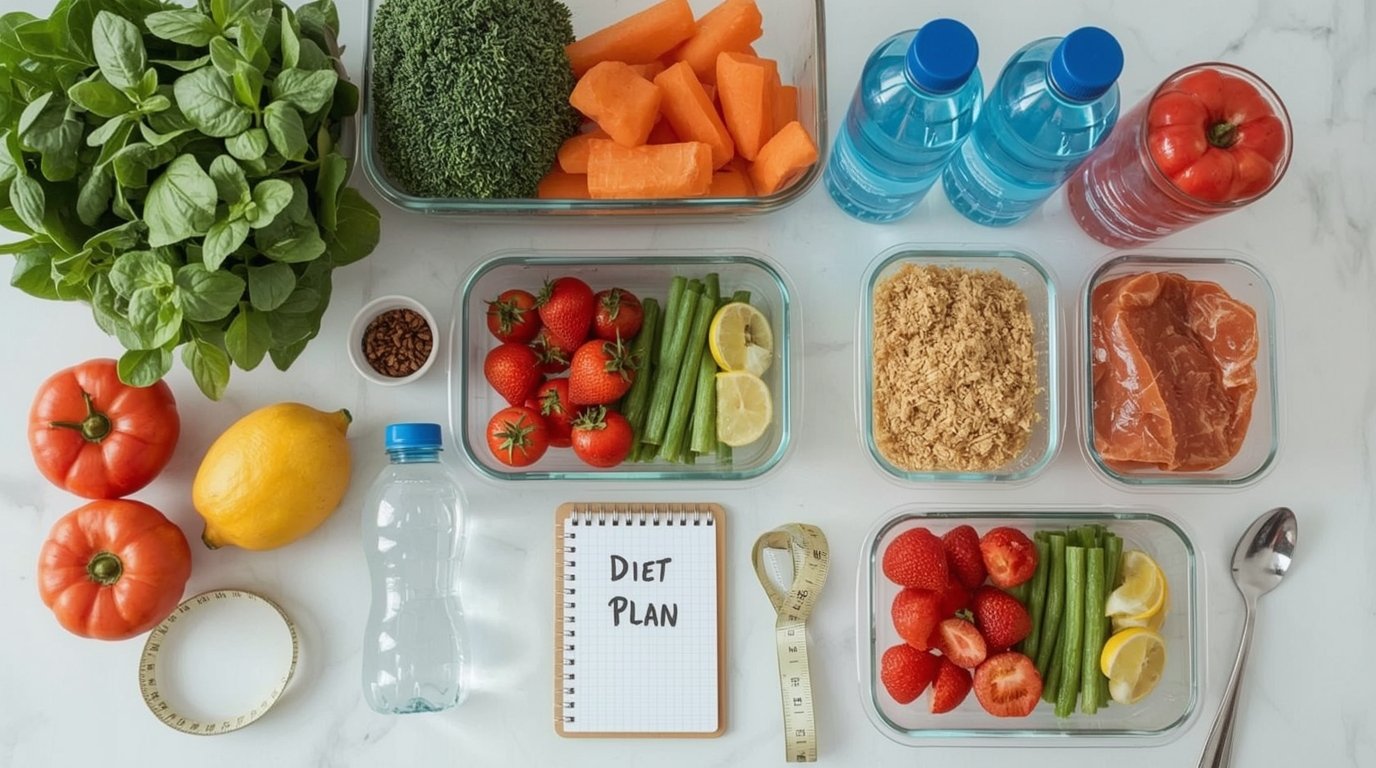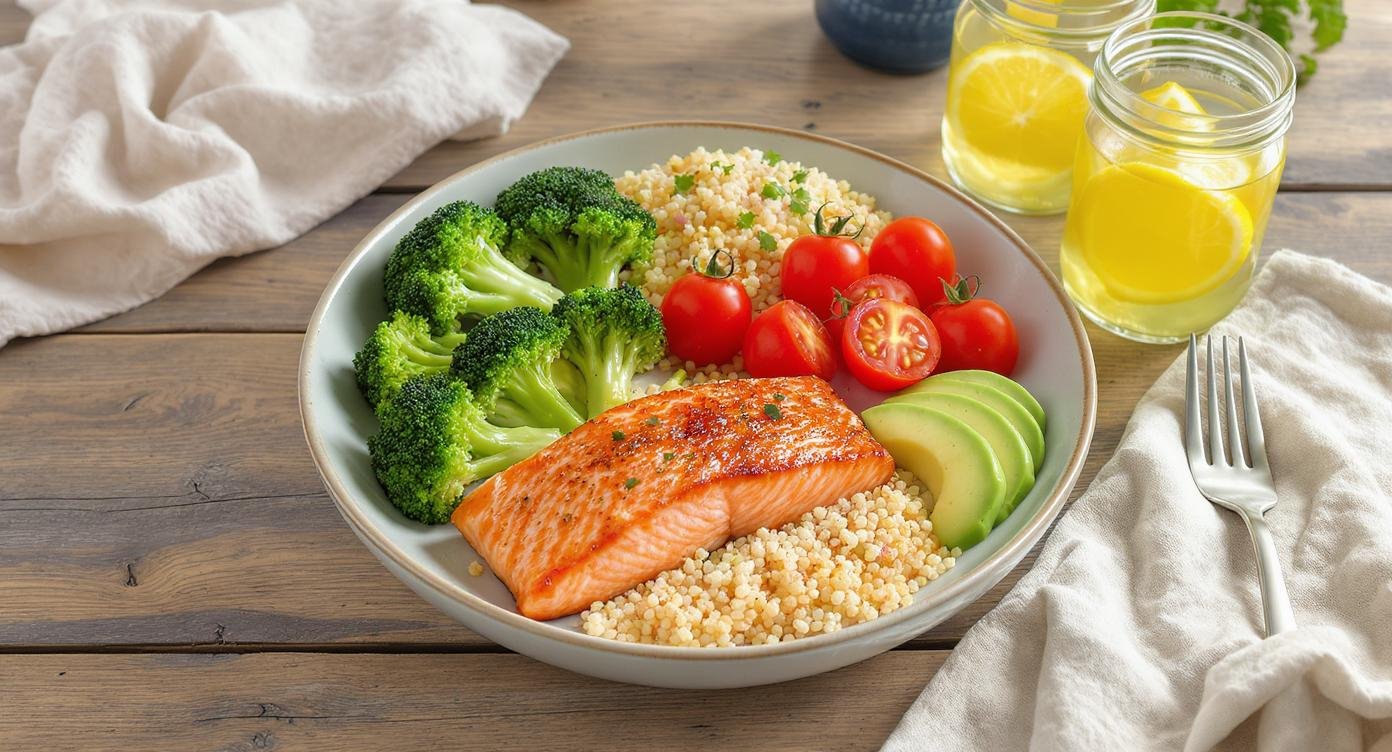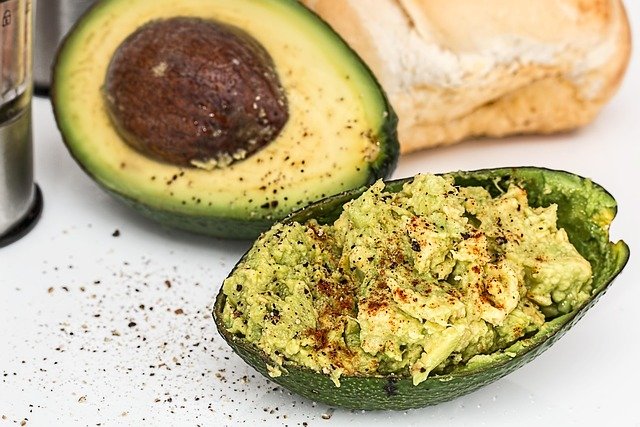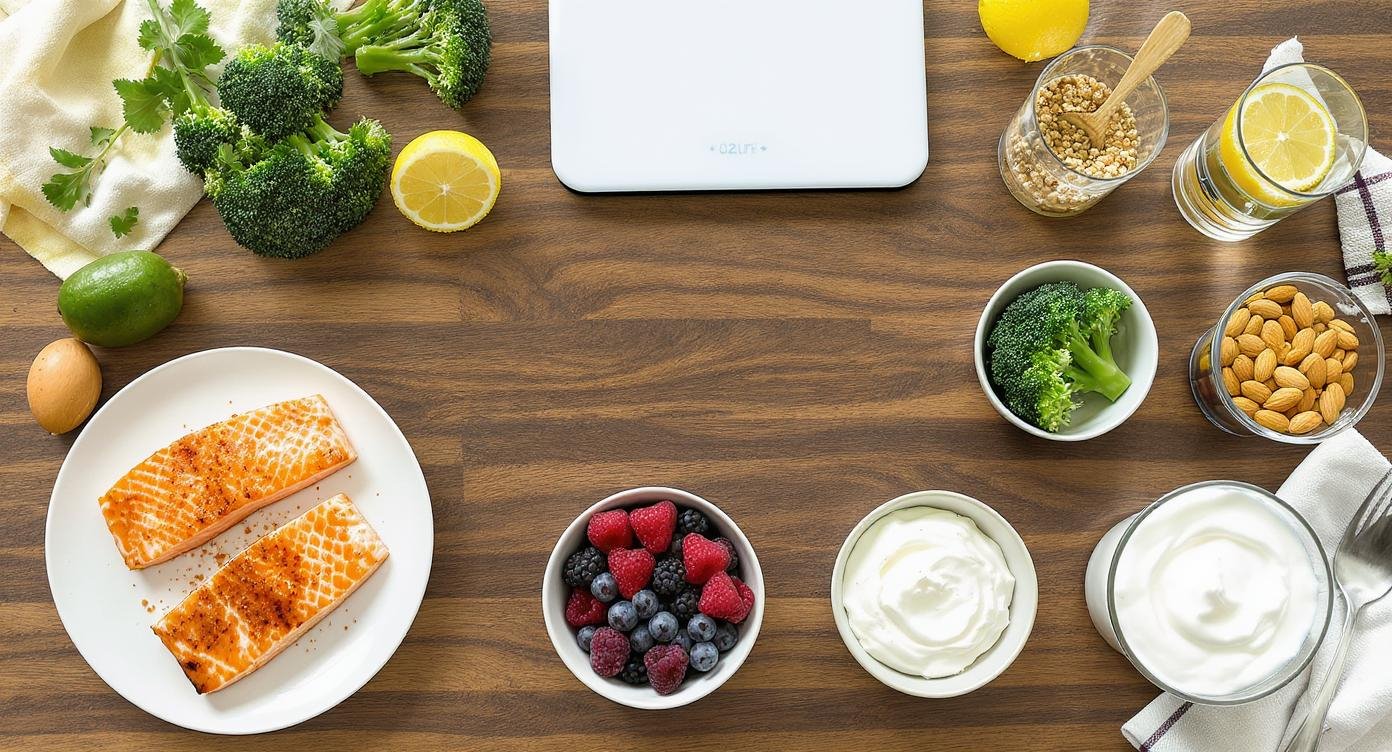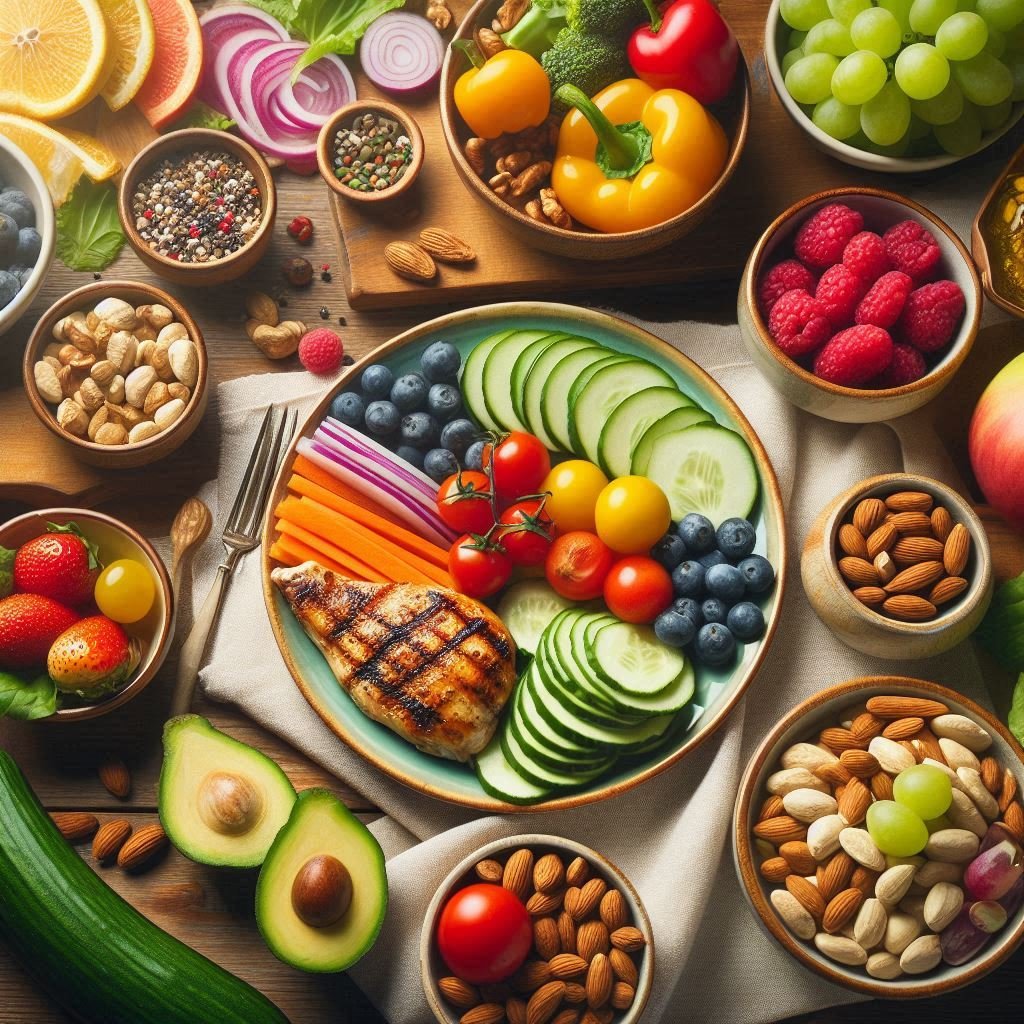Introduction: Why the Atkins Diet Still Matters Today
The Atkins Diet remains one of the most recognized and debated low-carb diet plans in the world. Originally developed by Dr. Robert Atkins in the 1970s, this revolutionary approach to weight loss has stood the test of time—despite evolving trends in nutrition. Loved by many for its rapid fat-burning results, and criticized by others for its perceived restrictions, the Atkins Diet continues to spark conversation.
But is it just a passing trend, or a sustainable way to achieve long-term health goals? In this comprehensive guide, we’ll explore the science behind Atkins, debunk common myths, and help you decide whether this high-protein, low-carb plan is right for your lifestyle.
What Is the Atkins Diet? A Low-Carb Lifestyle That Promotes Fat Burning
At its core, this Diet is a low-carbohydrate, high-protein, and high-fat eating plan designed to help people lose weight and improve health by changing how the body uses energy. Instead of burning carbs (glucose) for fuel, the Atkins Diet encourages the body to enter a state called ketosis, where it burns stored fat for energy.
Key Principles of the Diet:
- Cutting carbs drastically, especially refined sugars and grains.
- Prioritizing protein from sources like meat, eggs, and dairy.
- Incorporating healthy fats like avocado, nuts, seeds, and olive oil.
- Reintroducing carbs gradually in later phases of the diet.
Unlike many restrictive plans, it is divided into four progressive phases, each with its own purpose and food rules. This phased approach allows flexibility as your body adjusts and your goals evolve.
The Four Phases of the Atkins Diet
Phase 1: Induction
- Carbs are limited to 20-25 grams net carbs/day.
- Focus on protein and fat.
- Encourages quick weight loss and initiates ketosis.
Phase 2: Balancing
- Slowly add nuts, low-carb vegetables, and small amounts of fruit.
- Goal: identify how many carbs you can eat while still losing weight.
Phase 3: Pre-Maintenance
- Weight loss slows as you approach your goal.
- Test your personal carbohydrate tolerance.
Phase 4: Lifetime Maintenance
- A sustainable, low-carb lifestyle.
- Maintain weight loss and manage long-term health.
Common Misconceptions About the Diet
Myth 1: “You Can Eat Anything As Long As It’s Low-Carb”
This is a major myth. While the plan allows you to eat higher-fat and higher-protein foods, portion control still matters. Eating thousands of calories of bacon and cheese won’t lead to success. Calories still count—even in a low-carb diet.
Myth 2: “Atkins Bans All Carbs Forever”
While the initial phase of the Atkins Diet is extremely low-carb, later phases encourage the gradual reintroduction of fiber-rich, nutrient-dense carbs, such as leafy greens, berries, and legumes.
Myth 3: “It’s Just a Fad Diet”
The Diet has over five decades of research and anecdotal support, and has evolved over time to become more balanced. Today, it even encourages physical activity, which was not emphasized in the original version.
Is this Diet Safe and Sustainable Long-Term?
When done correctly, the Atkins Diet can be both safe and sustainable. It’s not meant to be a crash diet or a quick fix, but a complete shift in how you eat and think about food.
Many people have successfully used the Atkins approach to:
- Lose stubborn fat
- Reduce blood sugar levels
- Improve cholesterol profiles
- Manage insulin resistance
However, it does require commitment and planning. Long-term success depends on your ability to make permanent changes to your eating habits. Giving up daily bread, pasta, and sweets isn’t easy—but many find that the health benefits outweigh the sacrifices.
The Benefits of this Diet
✅ Rapid Weight Loss in Early Phases
✅ Improved Blood Sugar Control
✅ Better Mental Clarity and Energy
✅ Appetite Suppression Due to Ketosis
✅ Potential Lowered Risk of Type 2 Diabetes
Drawbacks and Challenges
❌ Initial Side Effects (called “keto flu”: headaches, fatigue, irritability)
❌ Limited Food Choices in early phases
❌ Requires Meal Planning and Discipline
❌ May Be Difficult for Vegetarians or Vegans

Atkins Diet Success: Real Results, Real Sacrifices
Thousands of people around the world have lost weight and regained control of their health with Atkins. For those with insulin resistance, PCOS, or metabolic syndrome, this plan can be life-changing. However, it’s not for everyone.
If you’re someone who thrives on structure, planning, and self-discipline, Atkins can be a very effective tool.
If you struggle to give up high-carb foods like bread and pasta, consider starting slowly or exploring a modified low-carb diet.
Recommended Products to Support Your Atkins Journey
To make your transition into the Atkins lifestyle smoother, here are some must-have low-carb essentials:
- 🥤 Atkins Meal Replacement Shakes – Quick, on-the-go nutrition packed with protein and fiber.
- 🍫 Atkins Low-Carb Snack Bars – Perfect for cravings without the sugar spike.
- 🥚 Keto Test Strips – Monitor whether your body is in ketosis.
- 🛒 Almond and Coconut Flour – Great substitutes for baking low-carb treats.
- 🍝 Shirataki Noodles – A zero-carb pasta alternative.
You can find these products on Amazon, Temu, or your local health store.
Tip: Look for certified “Keto-Friendly” labels when shopping for groceries.
FAQs: Everything You Need to Know About the Atkins Diet
Q1: Is this Diet the same as keto?
A: Not exactly. While both focus on low-carb, high-fat eating, Atkins gradually increases carb intake in later phases, while keto typically stays very low-carb permanently.
Q2: Can I drink alcohol on this Diet?
A: Yes, but in moderation. Opt for low-carb options like dry wine or spirits without sugary mixers.
Q3: Will I feel tired when starting Atkins?
A: Some people experience “keto flu” during the first week—symptoms like fatigue, headaches, or irritability. Staying hydrated and getting enough electrolytes can help.
Q4: Is Atkins safe for people with diabetes?
A: Many diabetics report better blood sugar control on Atkins, but you should consult your doctor before starting any new diet plan.
Q5: Do I have to count calories?
A: While Atkins focuses more on net carbs, paying attention to total calorie intake is still important for weight loss.
Q6: Can vegetarians follow the Atkins Diet?
A: It’s possible, but more challenging. You’ll need to rely on eggs, tofu, dairy, nuts, and low-carb veggies.
Other related posts: Dieting Without Sacrifice
Final Thoughts: Is this Diet Right for You?
The Diet isn’t a magic solution—but it is a powerful tool when used correctly. If you’re ready to ditch sugar, embrace clean eating, and commit to a sustainable low-carb lifestyle, this diet may be your path to lasting weight loss and better health.
Before starting, consult your healthcare provider, especially if you have underlying conditions. Track your progress, listen to your body, and stay consistent.
Remember:
- Weight loss comes from a calorie deficit.
- Exercise supports lasting results.
- Long-term success depends on a real lifestyle change.
World Drug Day June 26: Raising Awareness and Promoting Action Against Drug Abuse
World Drug Day June 26 Every year on June 26, the world observes World Drug Day, officially…
National Parchment Day June 25: Celebrating a Kitchen Essential
National Parchment Day, observed every year on the last Wednesday of June, is a fun…
Celebrate National Pralines Day on June 24: The Ultimate Sweet Taste of Southern Tradition
🍬Introduction Every June 24, National Pralines Day honors one of the South’s most iconic confections, the rich,…
Notable Birthdays on June 24
Birthdays on June 24 celebrate the lives and legacies of influential figures across science, entertainment,…
National Take Back the Lunch Break Day June 24: Power Up Your Day
Introduction: National Take Back the Lunch Break Day In today’s hyper-connected, always-on work culture, lunch…
National Patch Day: How One Simple Patch Can Make a Big Difference (June 24)
What is National Patch Day? Every year on June 24, people across the United States…
